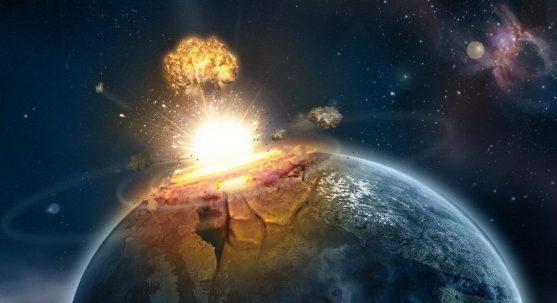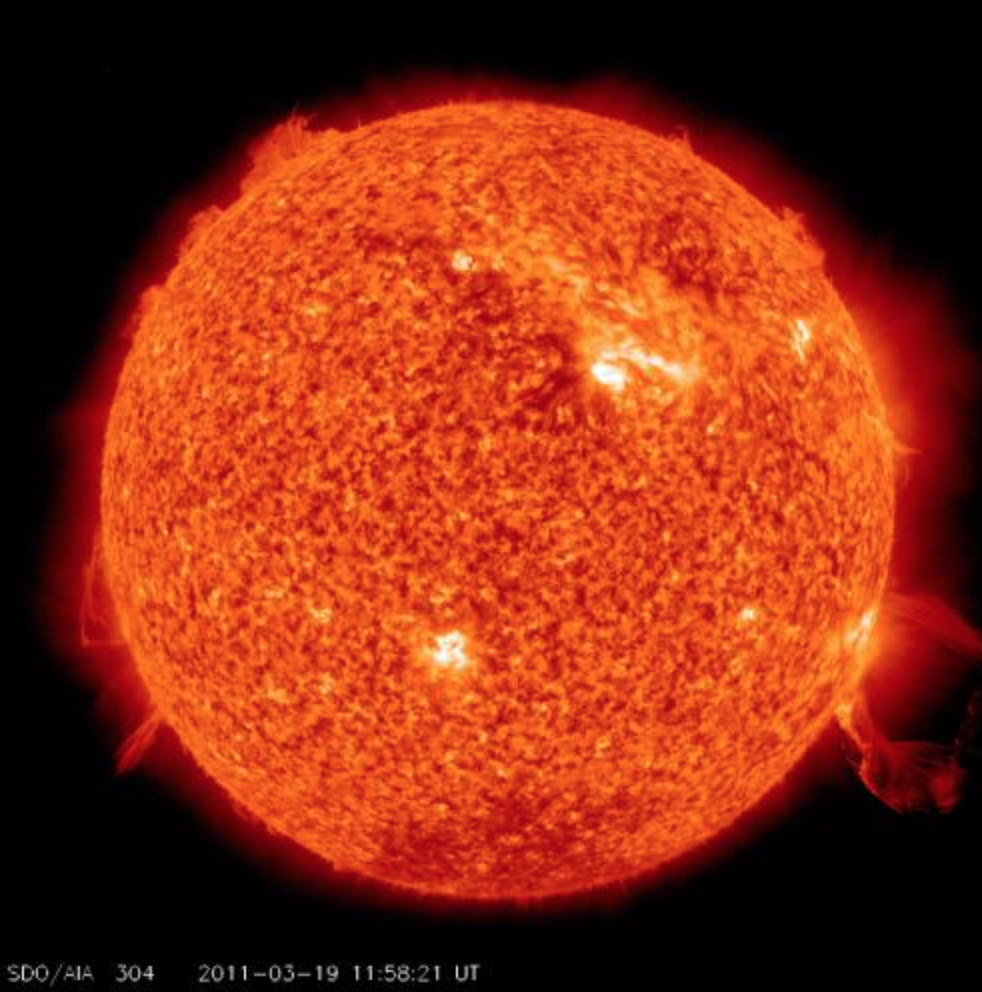It’s no secret that that an asteroid impact 65 million years ago caused a chain of environmental disasters. Countless species were driven to extinction, evaporated by the impact, suffocated by volcanic ash, eradicated by the rapid climate change. It’s unlikely that we’ll ever have the technology to predict when the next extinction event will happen. Does that mean that humans will just have to deal with the aftermath, if it happens in our species’ lifetime? Or is there a way to create a “back-up drive”, so to speak?
This is one of the biggest reasons why the space industry is so motivated to get us to Mars. In our current generation, we’d like to just explore it, learn more about it, do research on how it was formed and why it turned out to be the way that it is. Even if the idea of colonizing Mars is far, far, far into the future and not feasible within the next few generations, it’s a start. Instead of piling all of our valuable eggs – the human species, our technological advancements, our understanding of physics and the universe – into one basket, we’ll be working our way towards a second basket. So if some sort of mass extinction event were to occur, such as a devastating volcanic eruption or another enormous asteroid impact, we would have a back-up of all of the knowledge and technology that we have here on Earth. We would be set behind significantly in terms of advancement and progress, but we wouldn’t lose everything.





